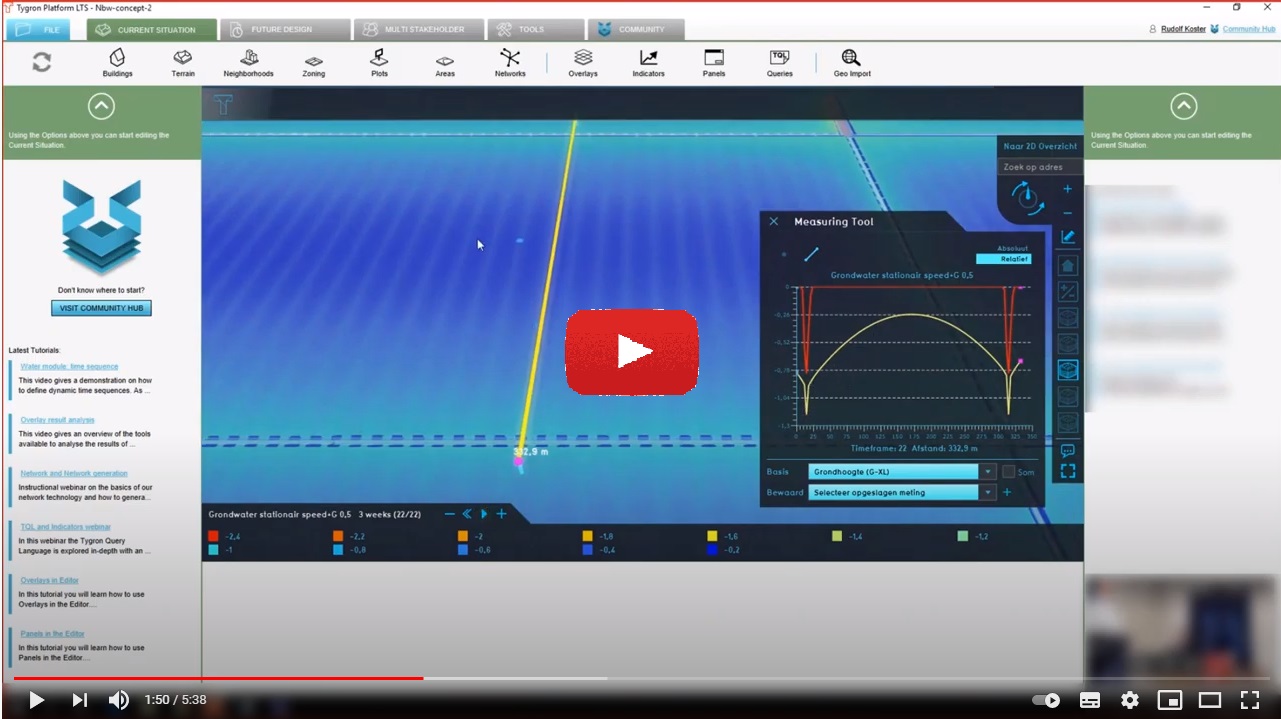Drainage (Water Overlay): Difference between revisions
Jump to navigation
Jump to search
No edit summary |
No edit summary |
||
| Line 12: | Line 12: | ||
{{article end | {{article end | ||
|notes= | |notes= | ||
* A drainage should have a part that overlaps with land and a part that overlaps with water. | * A drainage should have a part that overlaps with land and a part that overlaps with water. These should be two separate polygons. Neither polygon should overlap with the edge of the waterway. | ||
|seealso= | |seealso= | ||
* [[Drainage formula (Water Overlay)]] | * [[Drainage formula (Water Overlay)]] | ||
Revision as of 11:03, 1 March 2021
Drainages provide connections between the underground and nearby waterways, draining groundwater to levels which are optimal for agriculture. Drainage can be passive, where water drains based on water head differences, or active, where the water is pumped from the drain to the nearby waterway.
![]() A drainage is a area-based construction.
A drainage is a area-based construction.
| Icon | Key | Unit | Range | Description | Default value |
|---|---|---|---|---|---|
| |
DRAINAGE_Q | m3/m2 per second | The drain capacity per second, where the capacity is defined in cubic meters per square meter. | 0.01 | |
| |
DRAINAGE_DATUM | datum | -10000 to 10000 | The datum height of the drainage. | n/a |
| |
DRAINAGE_ACTIVE | boolean | Whether the drainage is actively pumped. | False | |
| |
DRAINAGE_OVERFLOW_THRESHOLD | m + datum | -10000 to 10000 | The threshold of the water end-point of the drainage. | n/a |
Notes
- A drainage should have a part that overlaps with land and a part that overlaps with water. These should be two separate polygons. Neither polygon should overlap with the edge of the waterway.





